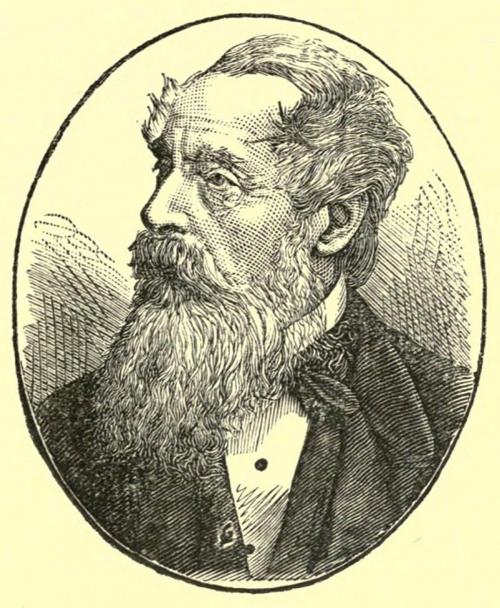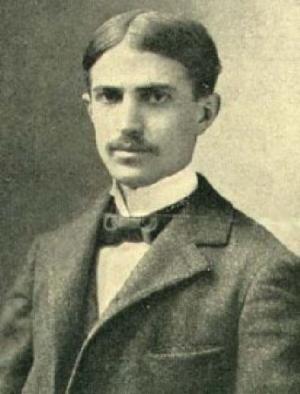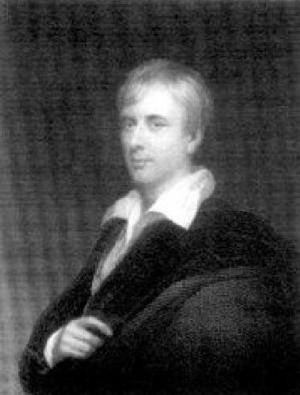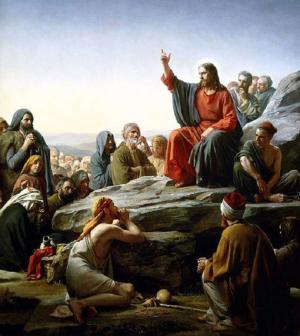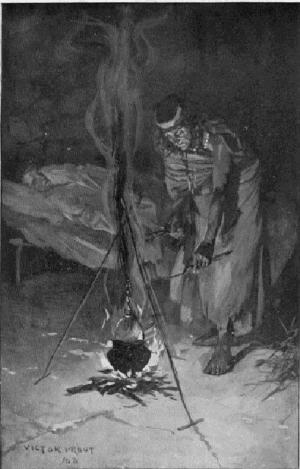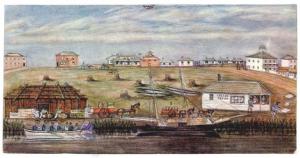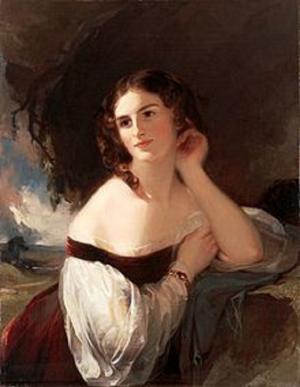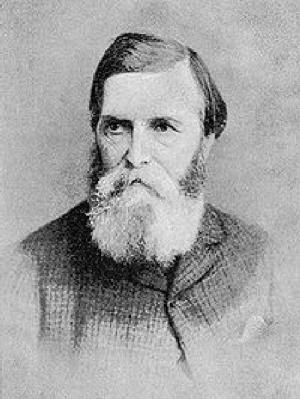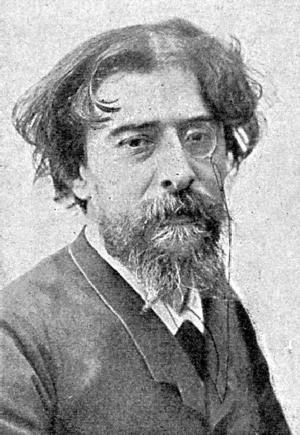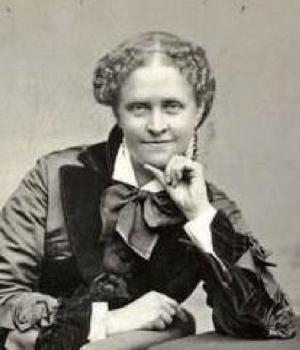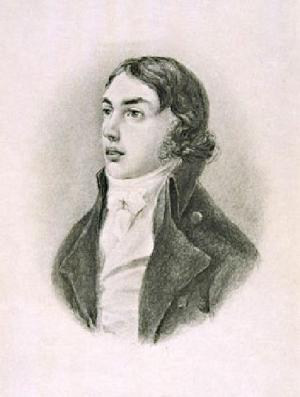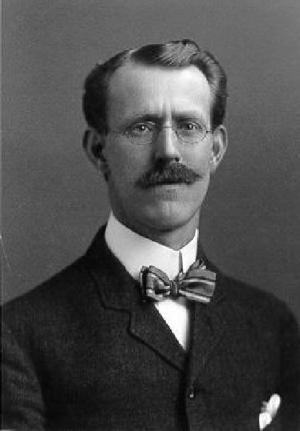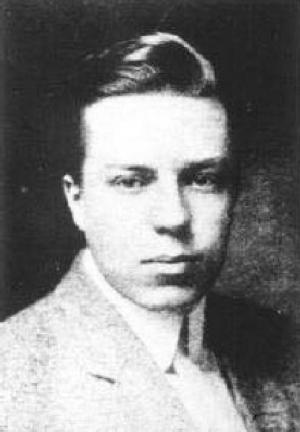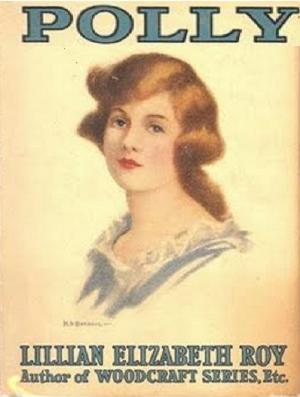The Gilpins, a Story of Early Days in Australia
Fiction & Literature, Classics, Kids, Teen, General Fiction, Fiction| Author: | Kingston, W.H.G. | ISBN: | 9781455390663 |
| Publisher: | B&R Samizdat Express | Publication: | June 10, 2015 |
| Imprint: | Quench Editions | Language: | English |
| Author: | Kingston, W.H.G. |
| ISBN: | 9781455390663 |
| Publisher: | B&R Samizdat Express |
| Publication: | June 10, 2015 |
| Imprint: | Quench Editions |
| Language: | English |
The story opens with a couple of school-leavers discussing what they will do with their lives. One of the boys, a Gilpin, whose father is a hard-working farmer, is determined to go along the same route, but in Australia, as he and his brother have often dreamt of doing. They reach Australia, and an incident on the Quay in Sydney, where they save a family from destruction in a carriage whose horses have bolted, makes them valuable friends, leading to an appointment as managers, or overseers, of a cattle and sheep station somewhere out beyond the BlueMountains. The previous manager had let the place get run down, and was actually rather a crook. Some of the other workers on the station were as idle and crooked as he. Not surprising as most of them had been sent to Australia for some offence in England. A few of the men were decent enough. There is such resentment among the idle men that they prevail upon some aborigines to attack the buildings and set them on fire, a plan which is foiled by one of the better workers. Eventually the great Australian bubble bursts (the Australian economy is always a bit overheated) and the Gilpins are ordered to slaughter the cattle and sheep. They discover a source of salt on the station, so they are able to salt down some of the meat, which was otherwise going to waste. Using the opportunity of buying valuable stock cheaply, they acquire the station and start the business again. They rescue a drowning man, only to find he is the other schoolboy in the conversation that starts the book. We will leave it to you to find out what his adventures had been. According to Wikipedia: "William Henry Giles Kingston (28 February 1814 - 5 August 1880), writer of tales for boys, was born in London, but spent much of his youth in Oporto, where his father was a merchant. His first book, The Circassian Chief, appeared in 1844. His first book for boys, Peter the Whaler, was published in 1851, and had such success that he retired from business and devoted himself entirely to the production of this kind of literature, in which his popularity was deservedly great; and during 30 years he wrote upwards of 130 tales, including The Three Midshipmen (1862), The Three Lieutenants (1874), The Three Commanders (1875), The Three Admirals (1877), Digby Heathcote, etc. He also conducted various papers, including The Colonist, and Colonial Magazine and East India Review. He was also interested in emigration, volunteering, and various philanthropic schemes. For services in negotiating a commercial treaty with Portugal he received a Portuguese knighthood, and for his literary labours a Government pension."
The story opens with a couple of school-leavers discussing what they will do with their lives. One of the boys, a Gilpin, whose father is a hard-working farmer, is determined to go along the same route, but in Australia, as he and his brother have often dreamt of doing. They reach Australia, and an incident on the Quay in Sydney, where they save a family from destruction in a carriage whose horses have bolted, makes them valuable friends, leading to an appointment as managers, or overseers, of a cattle and sheep station somewhere out beyond the BlueMountains. The previous manager had let the place get run down, and was actually rather a crook. Some of the other workers on the station were as idle and crooked as he. Not surprising as most of them had been sent to Australia for some offence in England. A few of the men were decent enough. There is such resentment among the idle men that they prevail upon some aborigines to attack the buildings and set them on fire, a plan which is foiled by one of the better workers. Eventually the great Australian bubble bursts (the Australian economy is always a bit overheated) and the Gilpins are ordered to slaughter the cattle and sheep. They discover a source of salt on the station, so they are able to salt down some of the meat, which was otherwise going to waste. Using the opportunity of buying valuable stock cheaply, they acquire the station and start the business again. They rescue a drowning man, only to find he is the other schoolboy in the conversation that starts the book. We will leave it to you to find out what his adventures had been. According to Wikipedia: "William Henry Giles Kingston (28 February 1814 - 5 August 1880), writer of tales for boys, was born in London, but spent much of his youth in Oporto, where his father was a merchant. His first book, The Circassian Chief, appeared in 1844. His first book for boys, Peter the Whaler, was published in 1851, and had such success that he retired from business and devoted himself entirely to the production of this kind of literature, in which his popularity was deservedly great; and during 30 years he wrote upwards of 130 tales, including The Three Midshipmen (1862), The Three Lieutenants (1874), The Three Commanders (1875), The Three Admirals (1877), Digby Heathcote, etc. He also conducted various papers, including The Colonist, and Colonial Magazine and East India Review. He was also interested in emigration, volunteering, and various philanthropic schemes. For services in negotiating a commercial treaty with Portugal he received a Portuguese knighthood, and for his literary labours a Government pension."
